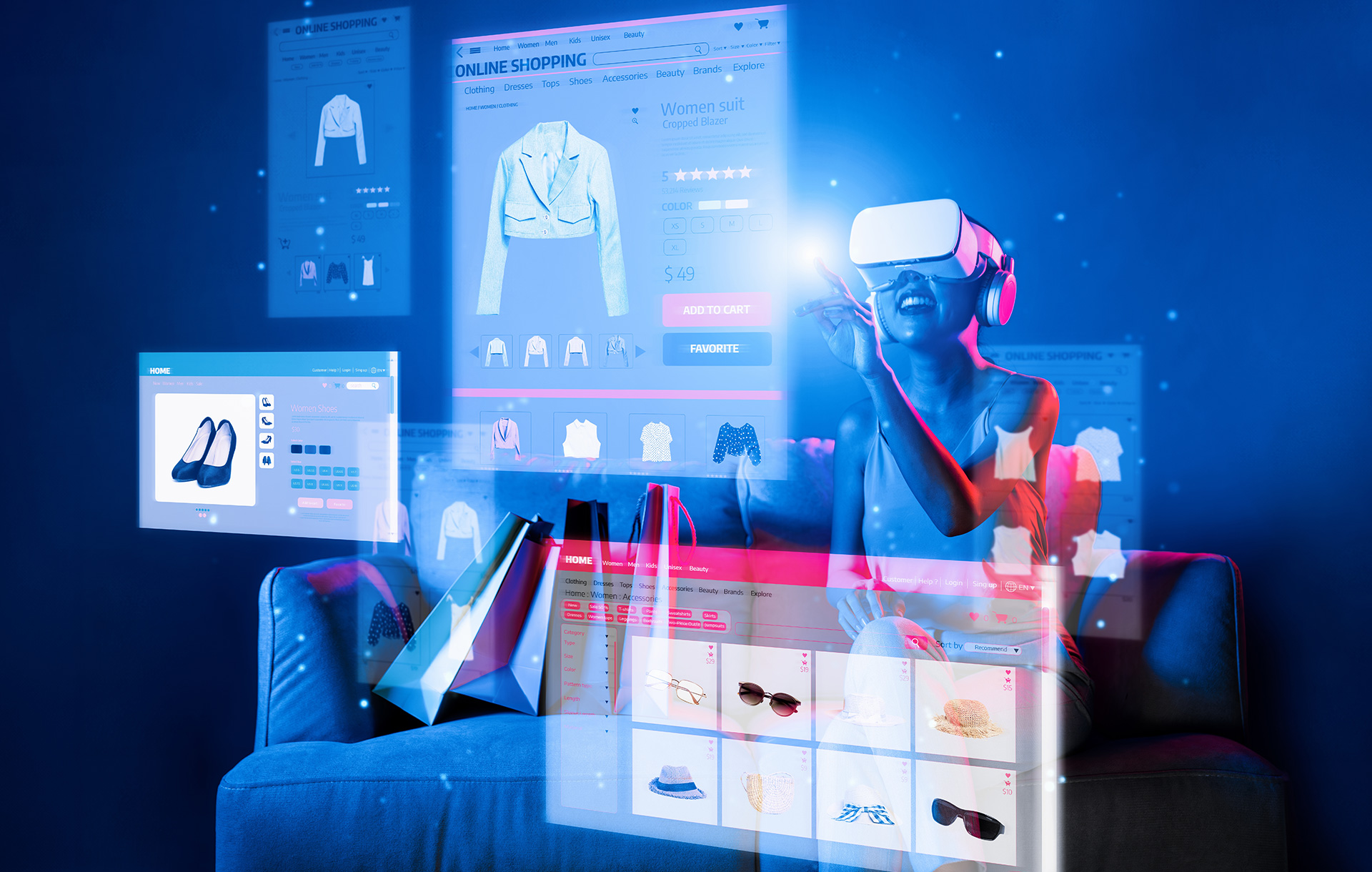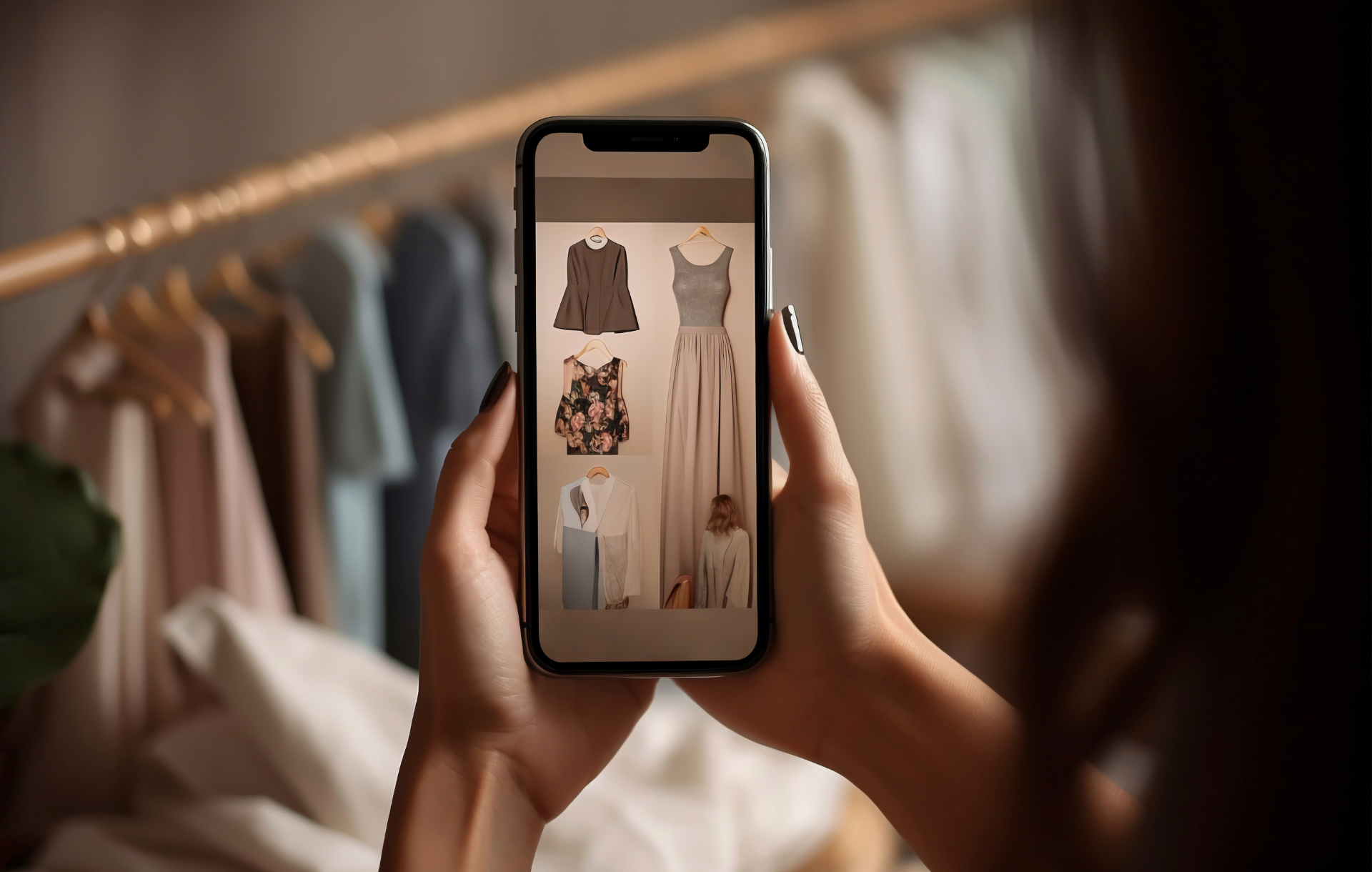Fashion combining tradition and innovation
As shops like Tiger and MUJI have proved it, the rise of eCommerce stores didn’t mean the demise of bricks and mortar. Actually quite far from the death. But what brands really need is a hybrid of both – physical and digital.
When I say hybrid, I don’t mean a Japanese hotel staffed by robots. Don’t get me wrong. I have nothing against robots, or even an idea of using multilingual robots to get some burden off form human workers. But it is rather heart-breaking to see some well-established and respected hotels replacing their staff with faceless and emotionless robots (fortunately this is not the case).
It is a natural thing for us to seek for some human aspect. So the exactly same thing can be said when it comes to fashion. High-end fashion brands have traditionally relied on its heritage, craftsmanship and exclusiveness to appeal to their markets. So what role does technology play in terms of brand tradition, heritage and craftsmanship?
No more hiding
‘In 2010, London Fashion Week was the first in the world to grant access to the masses by live streaming the runways. What had previously been exclusive and elite became accessible to everyone, all because of technology.’ (Read more on Guardian)
The dichotomy boundary has been weakened, thanks to Burberry and other long-standing, and iconic brands as they use technology to interact with customers. Burberry, ‘which has more than 17 million likes on Facebook, is one luxury brand that has fully embraced fashion tech’. The quintessentially British fashion brand has pioneered in absorbing cutting-edge technologies that other brands had not yet explored without sacrificing its brand heritage. Not to mention Burberry’s active social media campaigns, it has also embraced touch-screens and similar digital tools in its flagship stores worldwide. Mirrors that become screens showcasing catwalks or simulated rain showers and thunder sounds – technology is utilised to interactively tell you why you need their iconic trench coat. And again, all of these without having to lose any ‘emotions’.
During the latest London Fashion Week show, Burberry has teamed up with Japanese social networking app, Line to create downloadable free stickers (of iconic fashion celebs) and live-streamed the show online, reassuring the brand’s commitment and closeness to their Japanese fans.
Burberry on Line
Always put fashion first.
It should be obvious that technology is just a tool to deliver whatever the message is. Oculus VR or even 3D printer – no matter how fancy they sound – they are just tools to tell their emotional stories. One day we might even see makeup brands using 3D printer or projection mapping technology in store to accentuate the brand’s uniqueness. But such innovation will never overshadow the products. Because at the end of the day, technology is just a means to get from point A to point B. So a brand using the technology just for the sake of it will unlikely to see a sudden surge in media coverage or sales.
Whichever technology a brand is using, or however they are using them, brand identity must come at the heart. Brands can surely leverage social media and VR to sell their brand presence, or bring themselves closer to customers.
Experience matters.
The bottom line is to achieve enhanced customer experience in both physical and digital stores. Sure I can buy dresses online. But I still have the urge to go to real shops to feel the textile, try on different sizes and enjoy the once-in-a-while shopping experience.
Here is another good example of a brand combining tradition and innovation – a tailor-made suit brand from Italy, The Lanieri. Although the brand is considered as a fashion startup, it has successfully integrated both traditional Italian tailoring and modern technology such as 3D body scanners in its business model. While it started as an online store, the business expansion has successively expanded its online store to high-street as a popup stores in large European cities including Munich and London. It is about experience. Whether it is a unique 3D show or an innovative way of measuring custom-made shirt, the end goal is to go beyond ordinary brick and mortar experience.
Without tailor-made or craftsmanship as the core concept of the brand, it has nothing to sell. Without cutting-edge technology, the brand will be left behind the ever-changing market. I guess what the two different examples tell us is that, both are indispensable for the future of fashion brands.
What do you think?
Appnova is a digital agency specialising in web design, UX, eCommerce, branding, digital marketing and social media.
Keep following us on Twitter @appnova and “like” us on Facebook for useful news and tasteful digressions about geeky stuff.
(Written by Waka)








0.Comments